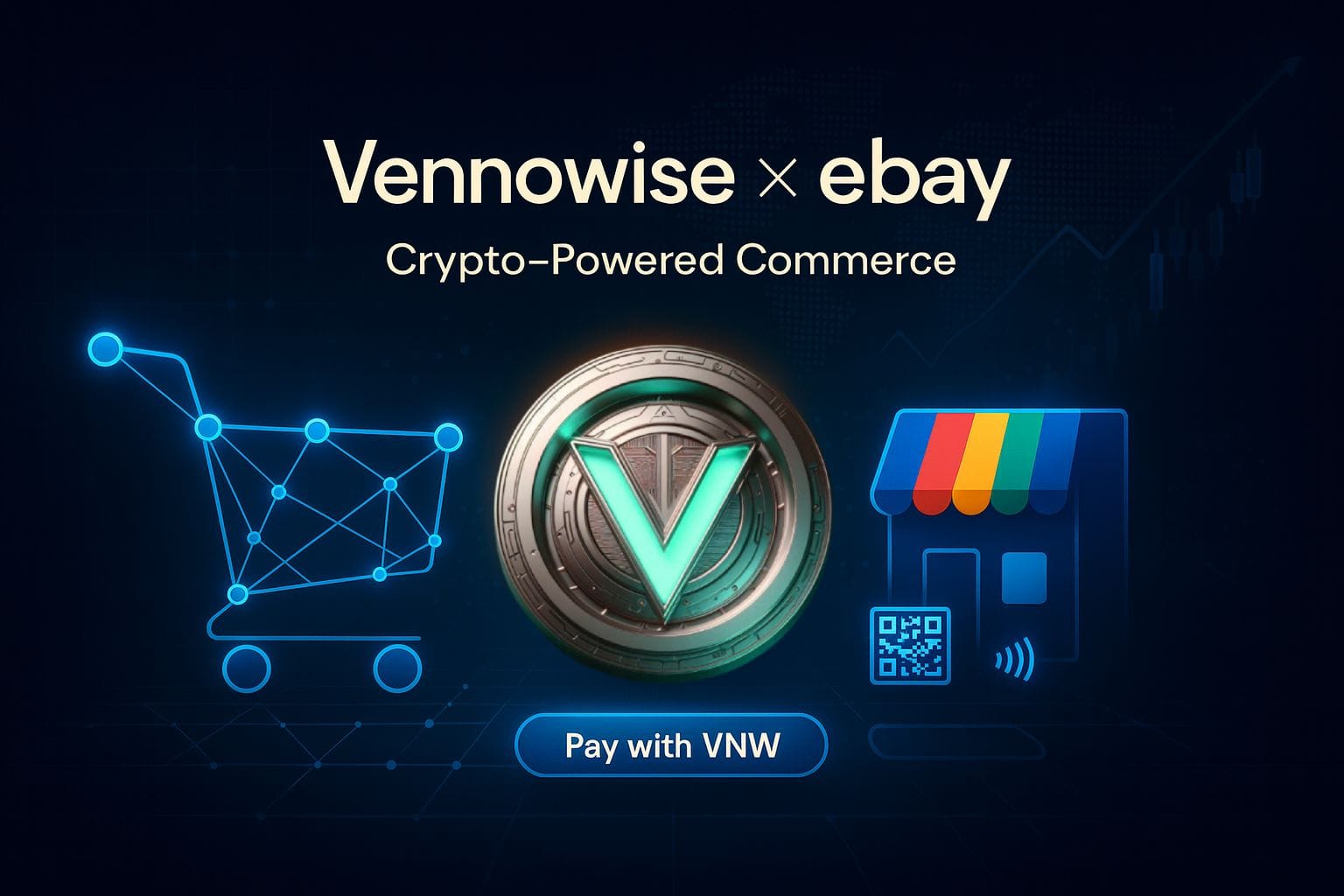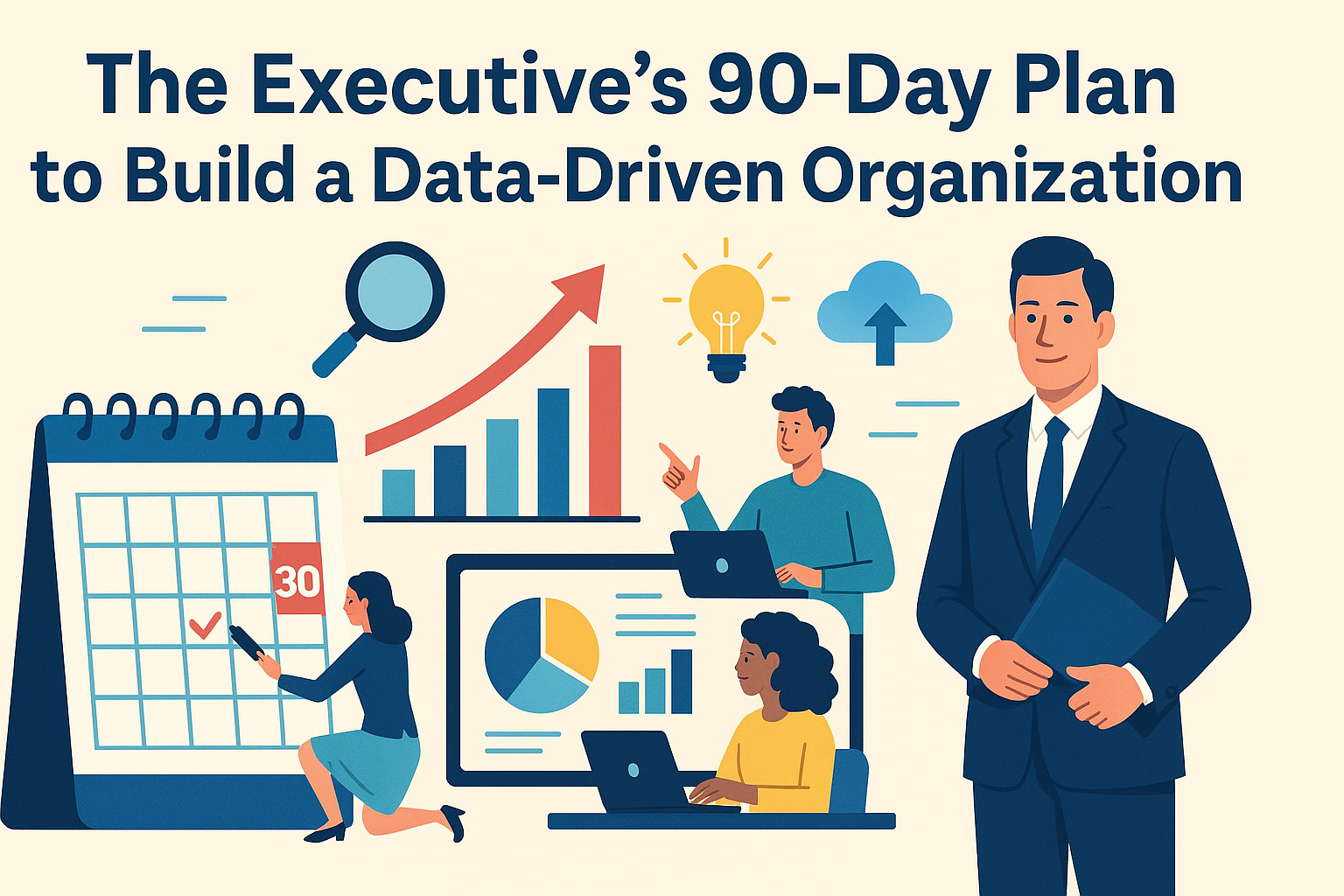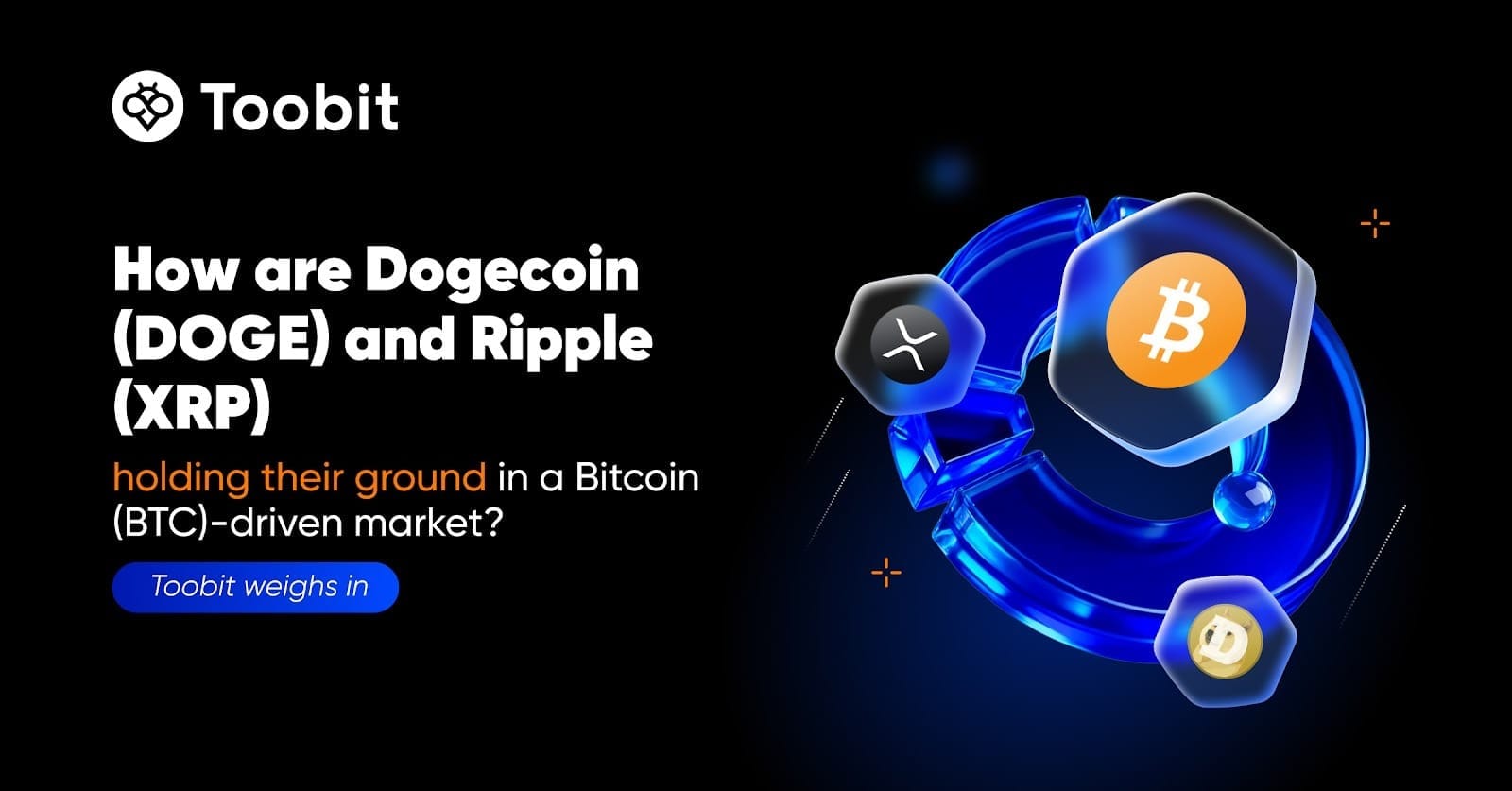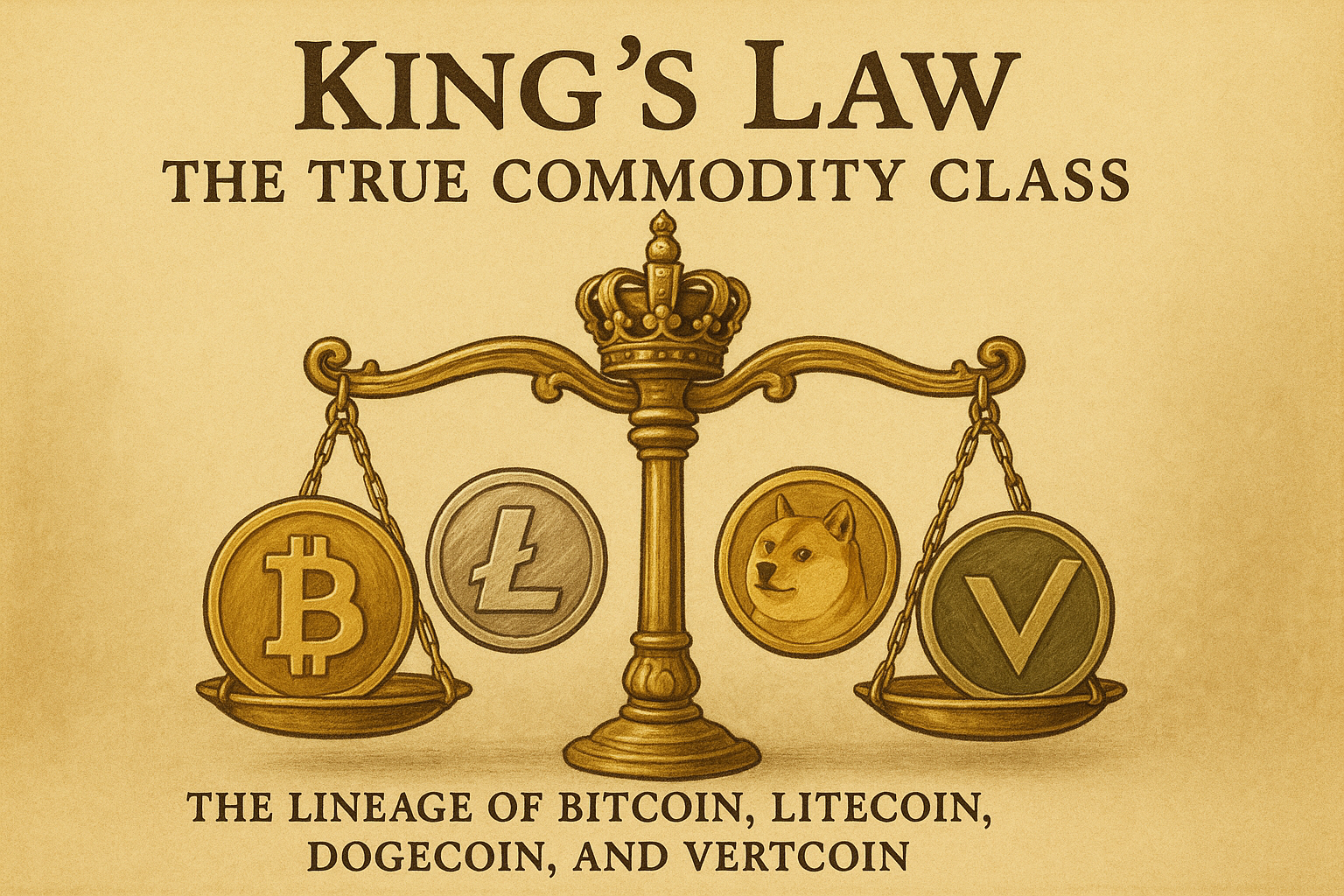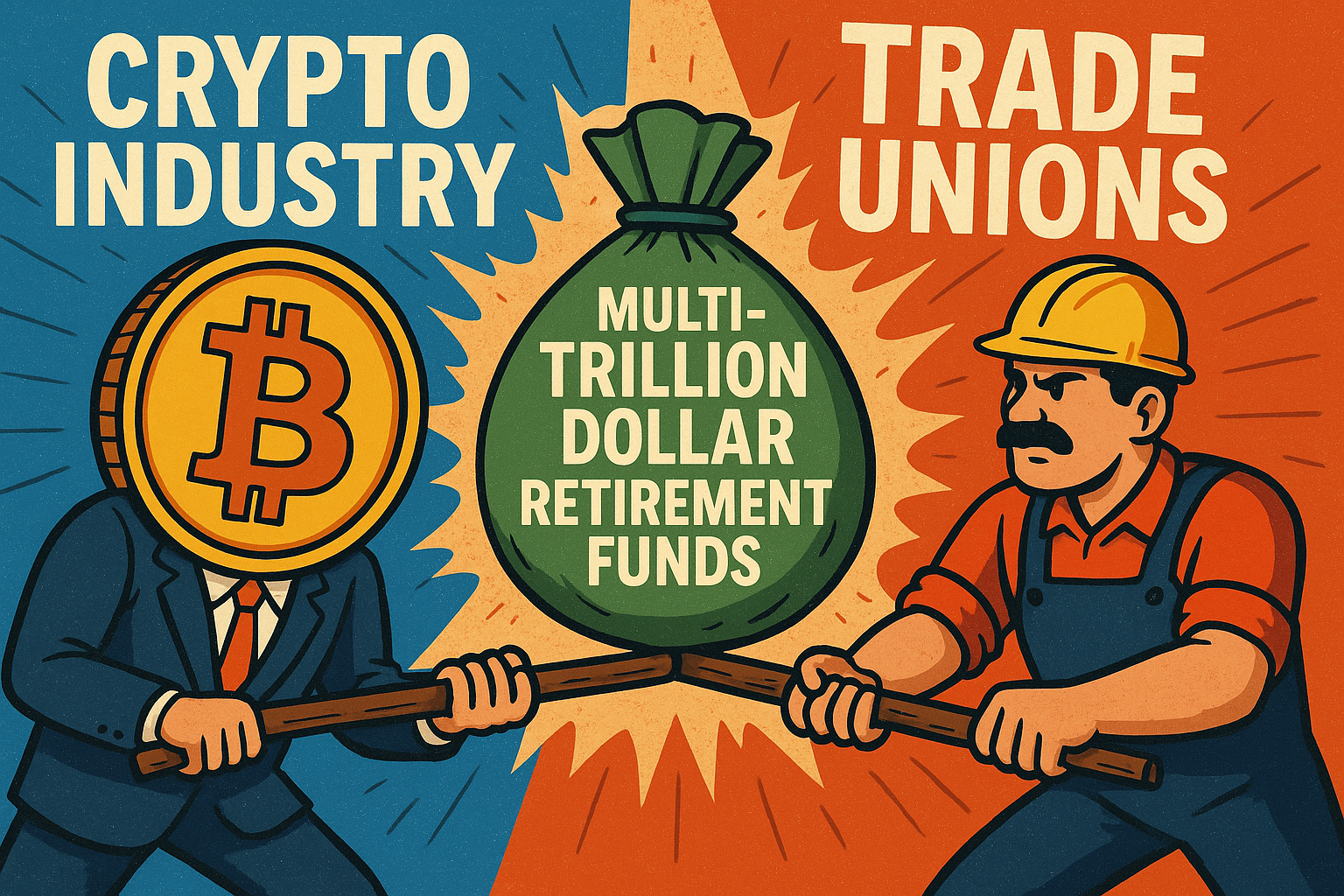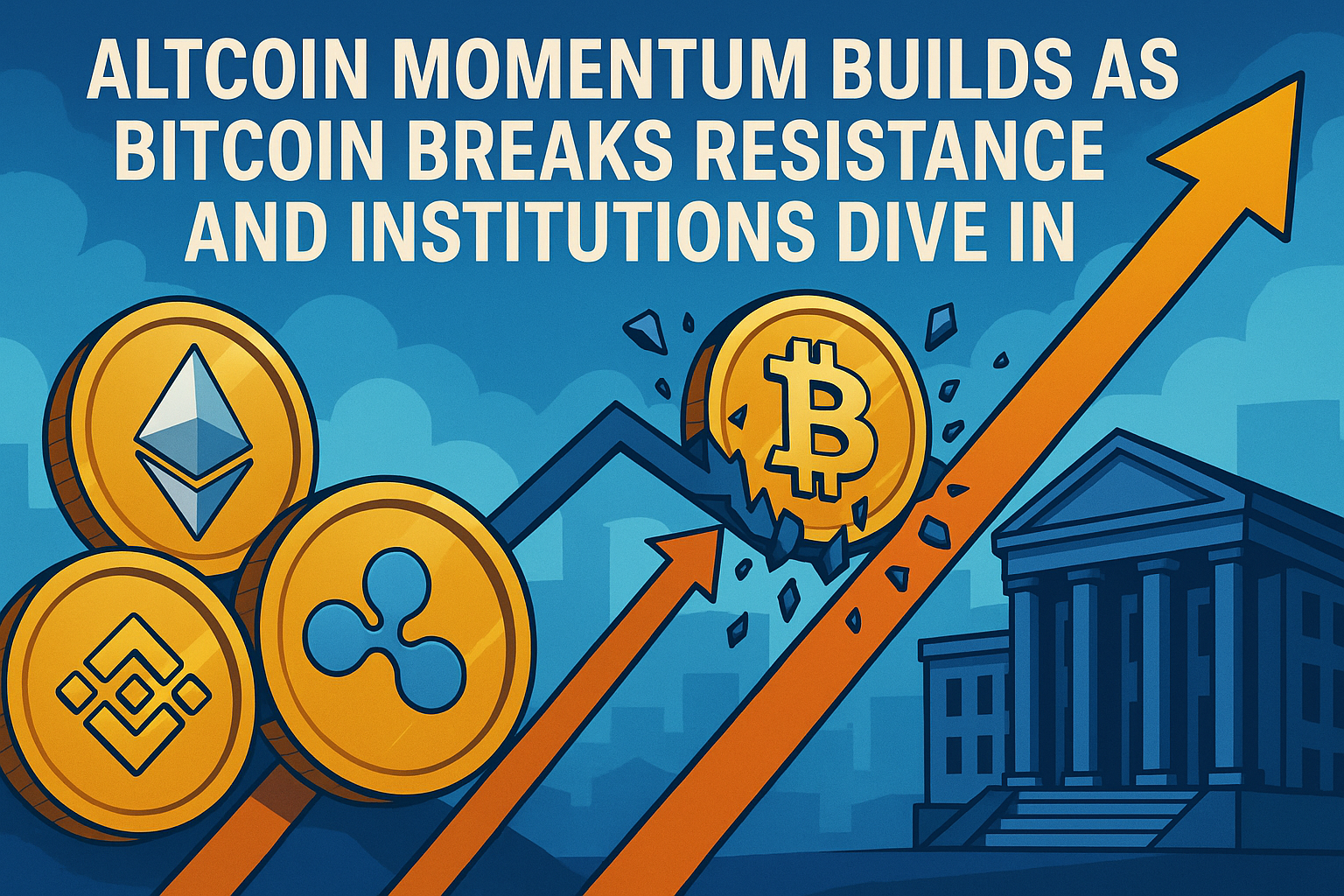Table of Contents
Sustainability blockchains are a potential solution to the climate change and environmental degradation many countries face today. They are innovative platforms that can improve the well-being of the people and the planet by redefining transparency, accountability, and traceability of transactions related to environmental, social, and economic sustainability.
The best crypto wallets in Canada by Tezro.com use blockchain technologies with eco-friendly features to enable more efficient and trustworthy transactions. These features include immutability, cryptographic security, and decentralized consensus. This article explores various sustainability blockchains and how they resolve global challenges.
Leading Sustainability Blockchains
Here are the top eco-friendly blockchains with an overview of their solutions for climate change and environmental degradation:

Ethereum:
Ethereum blockchain provides a more transparent, secure, and decentralized platform for innovation and collaboration. It enables developers to create decentralized finance, identity, and supply chain management applications.
Its smart contract capabilities also allow for automated agreements and transactions without the need for intermediaries to reduce transaction costs, increase efficiency, and promote transparency. Ethereum supports decentralized carbon trading platforms like IMPT for tracking carbon emissions.

Solana:
Solana blockchain makes several contributions to resolving global issues. Its high scalability reduces transaction costs and makes financial services more accessible to businesses and individuals. It has an energy-efficient proof-of-history census algorithm that helps reduce the global carbon footprint.
Solana enables developers to create dApps for financial services such as lending, borrowing, and trading without intermediaries. There are also unique dApps for supply chain management and identity verifications. It has security features like Byzantine fault tolerance and transaction censorship resistance to prevent fraud and promote transparency in the global economy.

EOS:
EOS blockchain platform processes thousands of transactions per second, making it more affordable for individuals and businesses to access financial services. DApps built on EOS, like Scatter, provide a more secure and user-friendly solution to managing identity, supply chain, and access to other dApps.
EOS's unique governance structure enables token users to vote on decisions that affect the platform's development and direction. It also uses a Delegated Proof-of-Stake (DPoS) consensus algorithm that is more energy-efficient than other blockchain platforms. This can reduce the carbon footprint of blockchain technology and promote sustainable practices.

Tezos:
Tezos blockchain contributes to resolving global challenges by providing a decentralized, self-governing, and secure platform for innovation and collaboration. Its unique governance model promotes transparency and community involvement. At the same time, its self-amending protocol enables the blockchain to evolve without requiring a hard fork.
Tezos' smart contract language, Michelson, is secure and formally verifiable. It uses a Proof-of-Take (PoS) consensus algorithm that helps reduce the carbon footprint of blockchain technology.

IOTA:
IOTA blockchain allows carbon credit tracking to create a system for tracking carbon credits transparently and tamper-proof. It optimizes energy consumption using its microtransactions and machine-to-machine communication capabilities. It ensures carbon offset projects are legitimate, reducing the risk of fraud and increasing trust in the system.
Developers use IOTA's ability to track and record data safely and transparently to create more sustainable supply chains. It also allows developers to create decentralized systems for managing natural resources or addressing environmental challenges.

Polkadot:
The Polkadot blockchain is interoperable and secure. Its interoperability features enable different blockchains to communicate and exchange data. It creates a more open and decentralized financial system accessible to anyone, anywhere in the world. Thus, promoting financial inclusion and reducing global economic inequality.
It allows developers to create a decentralized supply chain that tracks and verifies the origin and movement of goods through the supply chain. It also helps generate identity systems allowing everyone to control their data and privacy.

